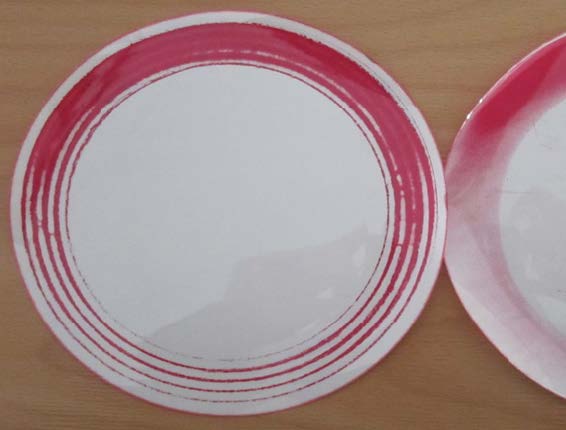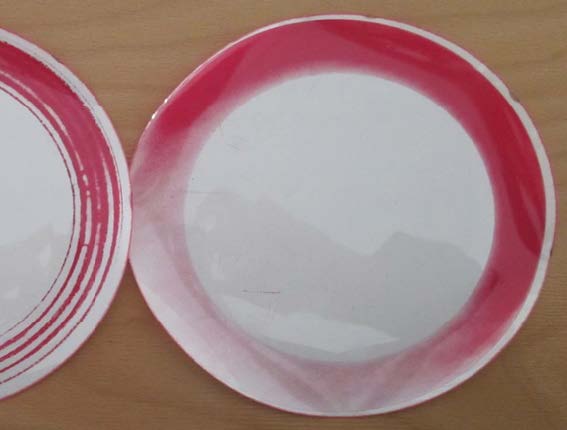Lubricating Bolts for Your Gaskets
Our friends and partners at KLINGER Thermoseal recently did a survey with their customer base.
- 90% of their customers ALWAYS lubricate
- 10% of their customers lubricate sometimes
- 0% of the respondents indicated they NEVER lubricate
Relationship between friction coefficient and gasket surface pressure
So, what's the effect of lubricating your bolts? This blog explores the relationship between the friction coefficient and gasket surface pressure.
Without lubrication, after torqueing, the force is distributed as follows:
- ± 15% effectively used as bolt force
- ± 45% loss of friction at nut surface
- ± 40% loss of friction at thread
These figures are indicative. Factors such as actual surface roughness and bolt diameter help in determining the actual ratio. Indicative effect of friction factor on bolt load. With the same torque of 160 Nm:
Lubricated
- Friction coefficient = 0.10
- Residual bolt force = 104 kN
Greased
- Friction coefficient = 0.15
- Residual bolt force = 58 kN
Unlubricated
- Friction coefficient = 0.20
- Residual bolt force = 29 kN
A corrugated gasket in the same configuration. You can see the difference in surface pressure.

Lessons learned:
- Almost 85% of all torque is lost due to friction
- Lubrication reduces friction
- Less frienction means more effective use of bolt force for gasket surface pressure
Important to note:
- Never lubricate gasket or flange surfaces
- Do not forget to lubricate the friction areas
- Sometimes lubrication is prohibited. This will be considered in the torque value calculation
To shop gaskets, joint sealant, and sheet material, visit our gasket page: https://www.gallagherseals.com/products/gaskets.html - The original article and content was published by KLINGER Thermoseal.

